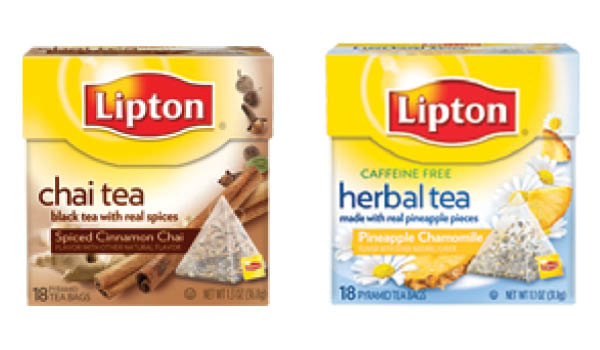Essential for any convenience or grocery store are a good range of packaged teas, with Roy Morgan Research finding that the proportion of Australians 14+ buying tea of any kind in an average four-week period was 42%, only slightly lower than the 45% who buy coffee.
Regular tea is by far the most popular type, purchased by 35% of Aussies, well ahead of green tea (11%) and herb/fruit tea (8%).
Young Australians aged under 25 are the least likely to buy tea of any kind. This tendency is especially striking for regular tea, purchased by just 15% of Aussies under-25 and 54% of those aged 65+ in any given four weeks, but is also evident for green and herbal/fruit varieties of tea (Roy Morgan Single Source Australia, April 2014 – March 2015 (n=15,913)).
According to a Euromonitor Tea in Australia report in 2014, Unilever Australia remained the largest player in tea with a 29% retail value share and its extensive brand portfolio (led by Lipton) allowed it to compete in several categories, including green, fruit/herbal and black specialty tea, the fastest-growing categories.
In a Canstar Blue survey in 2014, Australian speciality tea brand Madura topped its tea satisfaction award for the third year in a row.
Angela Smith, group account director, Roy Morgan Research, said that dating back to ancient China, tea has long been associated with its health-giving qualities. And people who purchase green, herbal and/or regular tea tend to be more diet-conscious than the average Australian, while older Australians are more likely than younger generations to purchase it in an average four weeks.
“Regular tea remains the best-selling type by far, but the proportion of the population buying it in an average four weeks has declined slightly since 2010,” she said.
“Herbal/fruit tea is being purchased by a higher proportion of consumers than it was five years ago. The market for green tea has been stable since 2010.”

